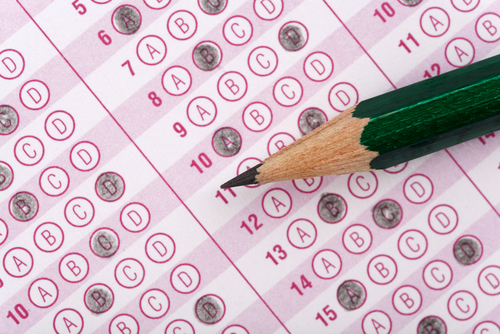Angry parents find little legal recourse when schools put their kids in ‘seclusion rooms'
The legal recourse for those families is limited, attorneys say. Families may sue over violations of state law, but 16 states permit nonemergency seclusion, according to a report compiled by attorney and parent advocate Jessica Butler. Disability rights laws apply under some circumstances, but families using the most directly appropriate law, the Individuals with Disabilities Education Act, must usually exhaust their administrative remedies before suing.
As a result, plaintiffs often end up using tort law and constitutional claims. The Mint Valley plaintiffs cited unreasonable seizure, due process violations and unconstitutional policies under the Fourth and 14th amendments, as well as negligence, outrage and the right to an education guaranteed by the Washington state constitution. The results of those lawsuits have been mixed.
The challenge, Acosta says, is that “it has to shock the conscience, and unfortunately courts don’t quite see these cases as doing that.”
Safety Matters
Congress has considered addressing isolation in schools several times in the past decade. The Keeping All Students Safe Act, introduced several times from 2009 to 2014, varied, but the 2014 version would have banned seclusion and permitted families to sue over violations.
The bill never passed, but it was considered long enough to attract some opposition. One opponent was AASA, the School Superintendents Association. Advocacy director Sasha Pudelski says the association opposes using seclusion as discipline, but prefers to leave regulation to the states.
“It’s not clear that one state’s policy is better than another state’s policy, for a variety of reasons,” she says. “Given the very few number of students that this impacts, it’d be inappropriate to craft federal policy around it.”
Though the number of students affected may be small in proportion to the total number of students enrolled in the nation’s schools, it’s still significant.
The Department of Education reported nearly 29,000 incidents of student isolation during the 2013-2014 school year, the most recent data available. Total school enrollment last year was 50.7 million.
Deborah Rigsby, program director for lobbying and federal legislation at the National School Boards Association, says seclusion is a tool for ensuring everyone’s safety, which her organization’s members would like to draw on when appropriate. She emphasizes that seclusion would be discussed with parents when creating an individualized education plan and revisited yearly when the IEP is reviewed. “Our goal is the safety of students and school personnel,” she says.
But parents have a right to reject IEP conditions they don’t agree with, and Griffin does not recommend that most parents sign IEPs authorizing seclusion.
Legally, she says, “it becomes what the school’s supposed to do.” Acosta agrees, noting that there’s no educational value in seclusion.
“We at the Arc don’t believe that this should be allowed in the IEP, because the IEP is about learning,” she says.
They do agree with Rigsby that training—and adequate funding for that training—is important in a special education context. Acosta says there’s a pervasive lack of training on special education, and the misuse of seclusion is just one way that it shows up.
Griffin also thinks the misuse may arise when school personnel resist changing the way they’ve always handled misbehavior. In the case of disabled kids, they may also not realize that special-needs students are genuinely different. “Society tends to see these behaviors as poorly behaved children from parents who don’t know how to control their children,” she says.
But disability advocates say that behavior is often related to the disability. That may be true for Ryleigh, now 11, who was eventually diagnosed with ADHD.
He’s also been diagnosed with post-traumatic stress disorder and severe anxiety, which the complaint says were caused by his trips to the booth.
He has still not returned to public school.
This article was published in the July 2018 ABA Journal magazine with the title "Solitary for Kids: Angry parents find little legal recourse when schools put their kids in ‘seclusion rooms.’"



